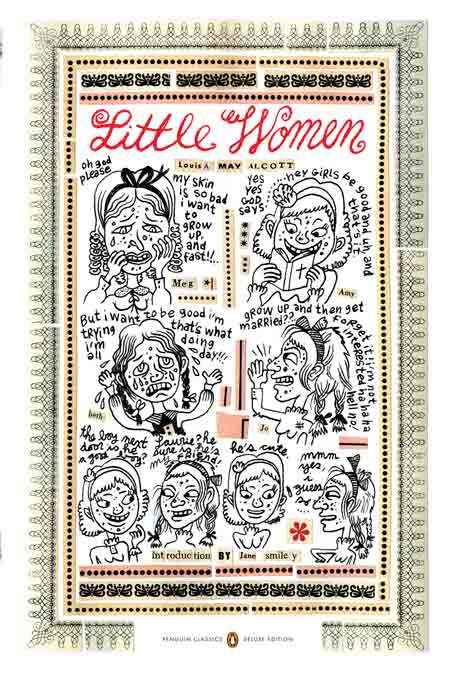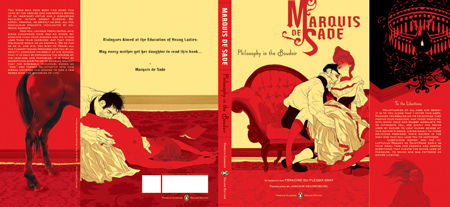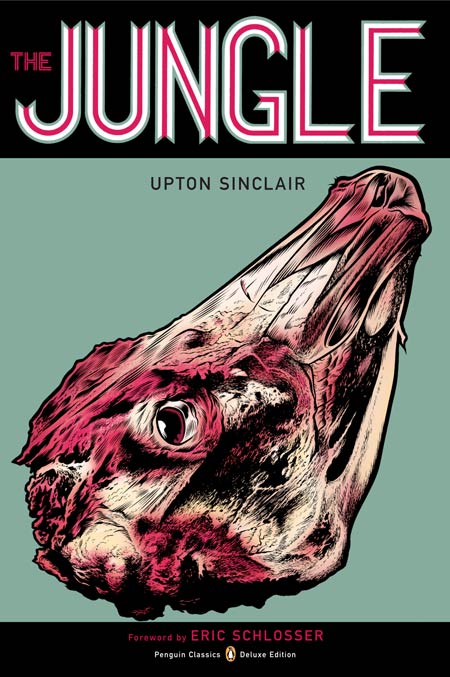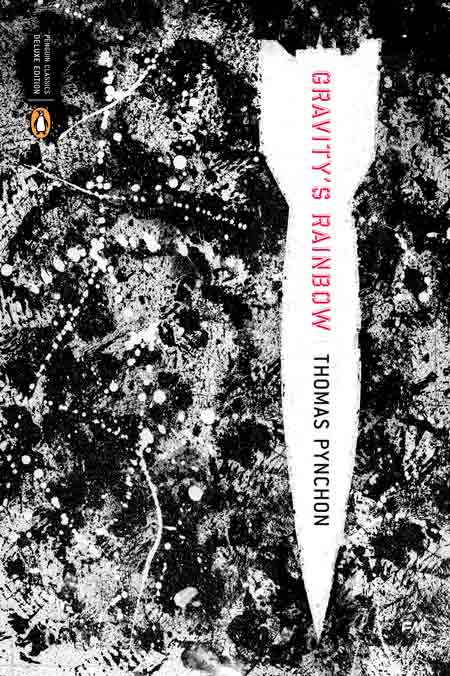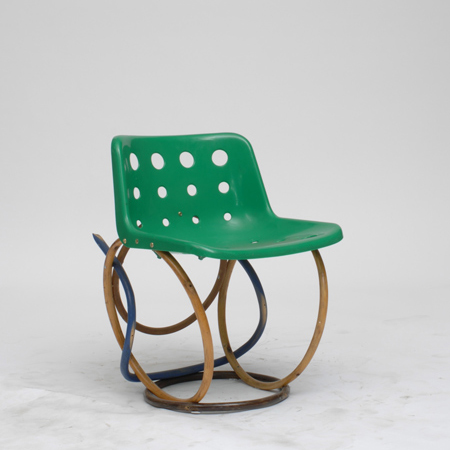
Category winners of Designs of the Year awards
100 Chairs in 100 Days by Martino Gamper is one of seven category winners for the first Brit Insurance Design of the Year Awards, organised by the Design Museum in London.
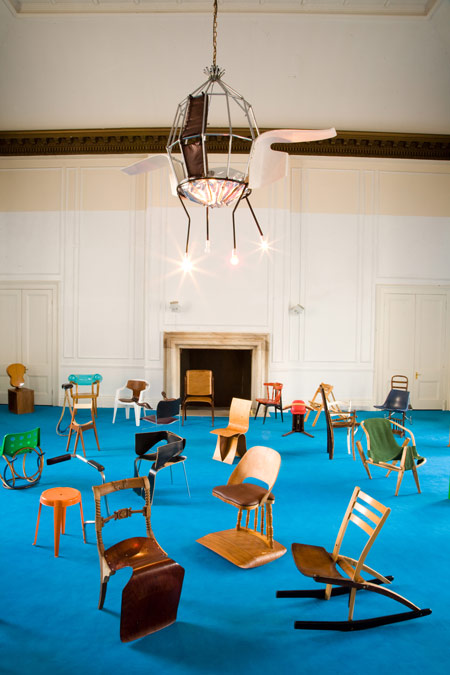
Gamper's project, which saw him create new furniture from found items (above and top), won in the furniture category. See our earlier story for more info on the Designs of the Year awards. The winners of the other six categories are:
Architecture: Beijing National Stadium by Herzog & de Meuron (below)

Fashion: Airborne Autumn/Winter 07 by Design by Hussein Chalayan (below)
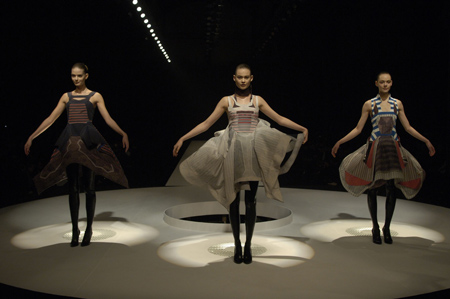
Graphics: Penguin Classics Deluxe Edition, creative director Paul Buckley, design by various artists for Penguin Group USA (below)
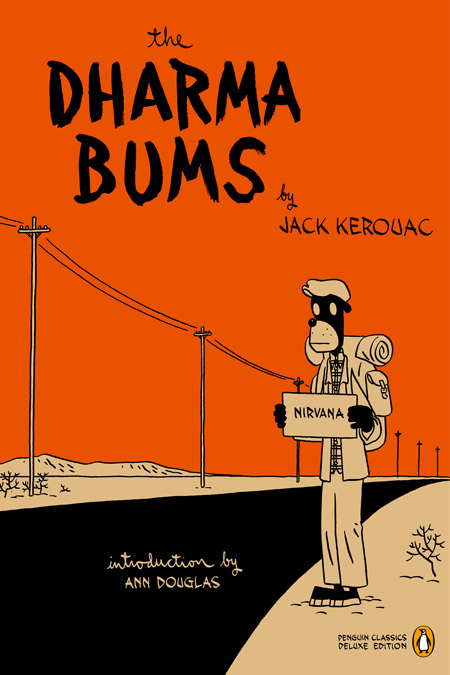
Interactive: Burble London by Haque Design+Research Ltd (below)

Product: One Laptop Per Child, design by Yves Béhar of Fuseproject, for OLPC & Quanta Computer Inc. (below)

Transport: Mex-x by Meyra-Ortopedia Vertriebsgesellschaft mbH (below)
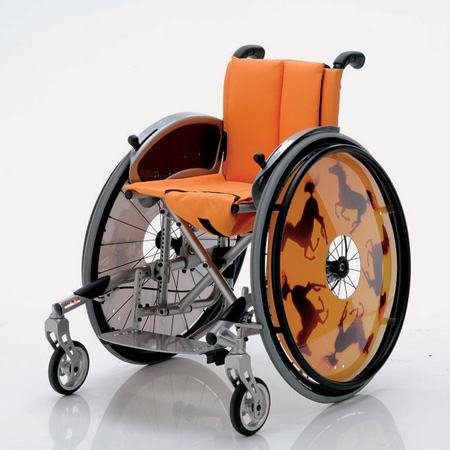
The category winners have been chosen from a shortlist of 100 designs, which will be exhibited at the Design Museum until 27 April. One overall winner - the Design of the Year - will be announced on 18 March.
The following information is from the Design Museum:
--
Winners Announced
Brit Insurance Design Awards
Category Winners Revealed for Seven Categories of New Annual Exhibition and Awards at Design Museum

Beijing National Stadium by Herzog & De Meuron and Penguin Classics Deluxe Edition have been declared two of the most innovative and progressive international designs from the last 12 months – as announced by the Design Museum today across seven major design categories.
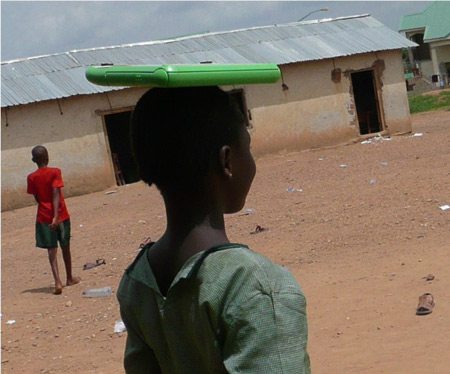
Other winners include Meyra-Ortopedia’s Mex-x wheelchair for kids, which trumps the Transport category, and One Laptop per child by Yves Béhar of Fuseproject, a groundbreaking programme taking the Product category. Hussein Chalayan walks away with the Fashion category for Airborne Autumn/Winter 07 with Martino Gamper’s 100 Chairs in 100 Days triumphant in the Furniture category.
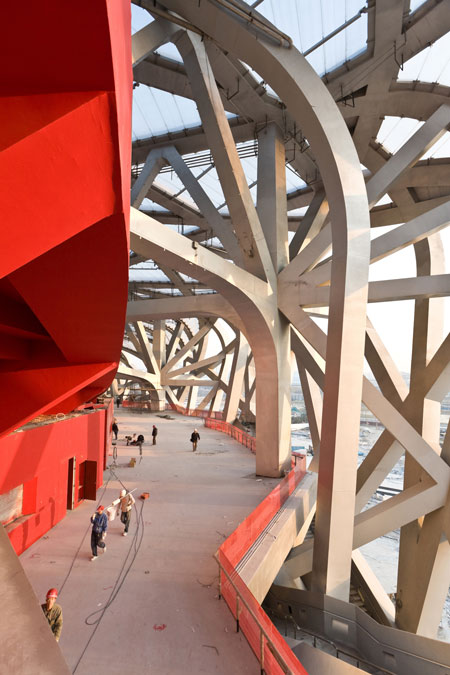
All designs are part of the 100-strong shortlist at the first ever Brit Insurance Designs of the Year exhibition at the Design Museum until April 27, with the seven winners now vying for the overall win at the prestigious inaugural Brit Insurance Design Awards, hosted by Wayne Hemingway next week on Tuesday 18 March.
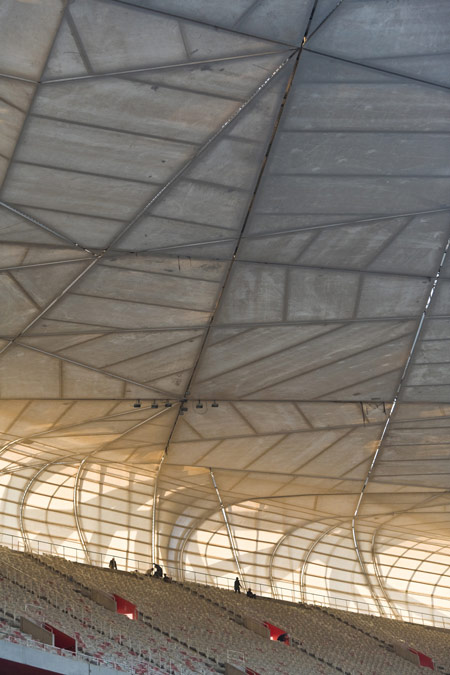
The expert panel of judges includes Rolf Fehlbaum, Lars Muller and Antonio Citterio who spent hours deliberating the final seven.

Deyan Sudjic, Director of the Design Museum said: “The judges certainly had a difficult job in narrowing down such a comprehensive shortlist to just one winner per category. Their final selection however, is a definitive celebration of some of the most internationally innovative designs from the past year.”
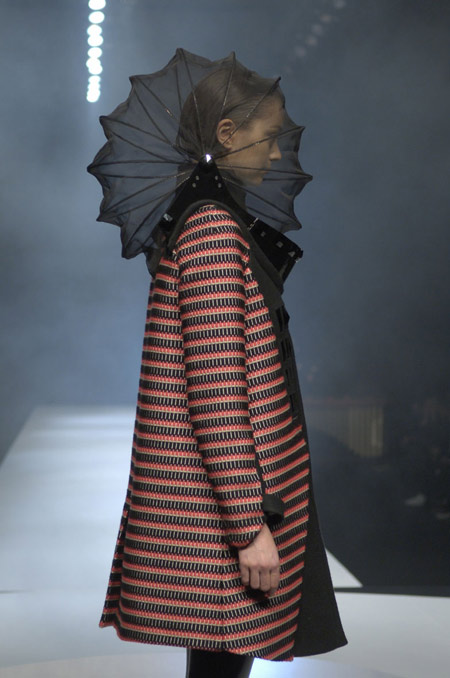
The Category Winners and Judge’s Quotes:
Architecture
The judges commented, “The architecture of the Beijing National Stadium defines the contemporary stadium in a way that has not been seen since the 1972 Olympics in Munich. It embodies the emergence of China as a modern state and crowns the achievements of the remarkable careers of Herzog and de Meuron.”
National Stadium: the Main Stadium for the 2008 Olympic Games, Beijing, China Architect: Herzog & de Meuron Client: National Stadium Co. Ltd Beijing, China Due for completion in 2008, the Beijing Olympics are being used by China to signal its emergence as a political and economic superpower. The new National Stadium is the most striking of a series of spectacular architectural projects designed for the city. The 100,000 seat structure represents the most innovative stadium design since the free-form tent structure used for the Munich Olympic stadium of 1972 and will certainly eclipse London’s planned stadium for the 2012 Games. The apparently random steel structure, dubbed for obvious reasons the bird’s nest, is an instantly recognisable landmark and a setting in which spectators will be made to feel part of the event.
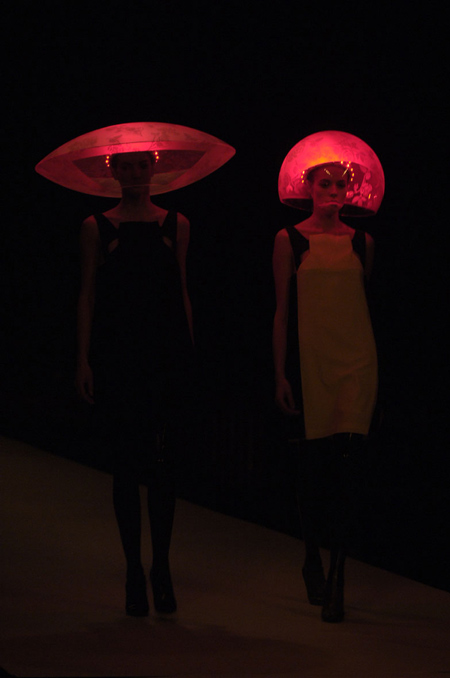
Fashion
The judges commented, “Chalayan’s ability to incorporate construction and technology alongside his carefully tailored yet wearable clothes continues to surprise and amaze. The Airborne collection proves that fashion can also be about research and innovation by looking to the future rather than the past.”
Airborne Autumn/Winter 07
Design by Hussein Chalayan
Hussein Chalayan’s womenswear collection for Autumn/ Winter 2007 entitled ‘Airborne’ brought the latest LED technology to fashion design. Inspirations as Chalayan articulated, included “the idea of changing seasons, their association with each other and their life and death cycles”. From black and white hooded coats to rose-patterned bronze dresses, the collection also featured some high-tech protective wear described by Chalayan as the “winter relief component”. These included, for a light-sparse winter, a dome-like hat, which emitted a warm red light through a floral pattern and gauze, motorised hoods providing protection from potential chill winds. In contrast and heralding the anticipation of spring, a beautiful white dress, consisting of crystals and 15,600 LEDs flickered with light. The collection demonstrated Chalayan’s ability to combine beautiful and wearable clothes for today with an insight and vision of the future.
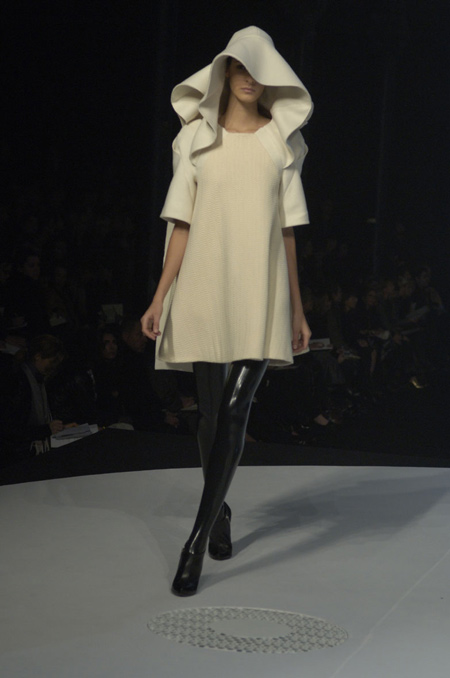
Furniture
The judges commented, “In contrast to many of today’s designers who explore the latest in material and technical applications to their designs, 100 Chairs in 100 Days by Martino Gamper takes the direction of exploring construction, craftsmanship and materials in an artisan fashion, resulting in a beautiful and poetic collection that brings together the old and new.”
100 Chairs in 100 Days
Design and manufacture by Martino Gamper
In 100 Chairs in 100 Days “There is no perfect chair” declared Martino Gamper, who set himself a brief to make 100 chairs. Each one had to be completed in a day and was created from elements of existing chairs, using a stockpile of discarded, dumped or donated chairs. Reworking the chairs enabled Gamper to gain a new insight into their construction and the use of materials, which then informed his own design. Taking the paper out of the design process, this self-imposed challenge forced Gamper to work and think with speed, like sketching in three dimensions. Some of his chairs are homage to a particular designer, but they are also a tonic to the saturation of the ‘classic’ chair in contemporary design. Gamper offers a new direction with his new mixed breed of chair imbued with a freshness and unpredictability.
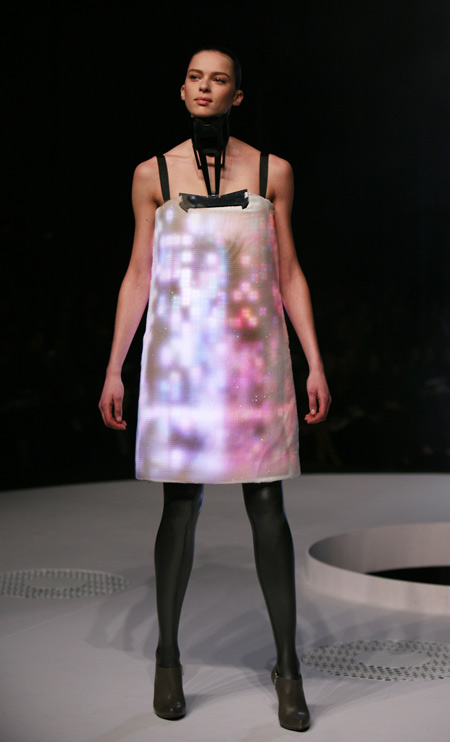
Graphics
The judges commented, “It’s a great achievement by its creative director Paul Buckley in commissioning a highly skilled group of illustrators and cartoonists whose creative visions have produced some fantastic atmospheric yet very individual covers with high artistic flair and design integrity. ”
Penguin Classics Deluxe Edition
Creative director Paul Buckley
Design by various artists for Penguin Group USA
These Penguin Classics Deluxe Editions feature one-of-a-kind book cover illustrations by a number of leading and internationally renowned cartoonists and illustrators. The artwork was required to include the front and back cover as well as French flaps, which provided the graphic artists with a wraparound space where they were able to create an evocative atmosphere. These Classics Deluxe Editions connect a literary genre on the inside with a cartoon genre on the outside whilst also featuring the world-class notes and literary and educational extras that the Penguin Classics are known for. The creative director of the series was Paul Buckley who was also responsible for the designs of some of the titles. Artists and illustrators featured in the series include Frank Miller, Julie Doucet and Dan Clowes.
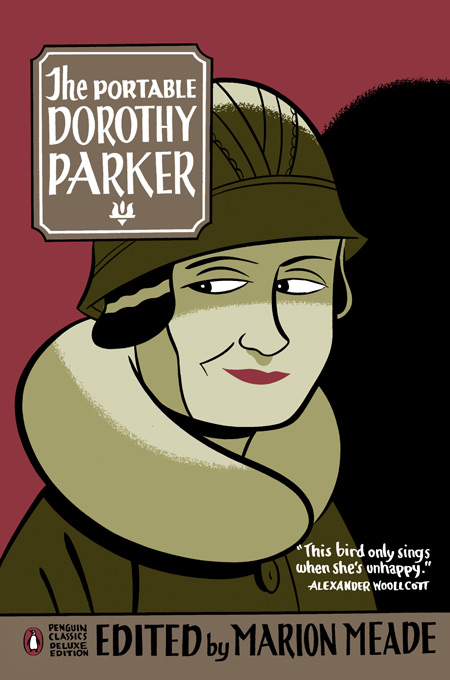
Interactive
The judges commented, “Burble London is a real interactive experience rather than a virtual one with a wonderful sense of collectiveness and optimism about it. The understated simplicity is supported by a complex design and production process that embrace the high and low-tech to great effect.”
Burble London by Haque Design+Research Ltd Burble London
Design by Haque Design + Research Ltd, with Seth Garlock and Rolf Pixley
Architect Usman Haque worked with Rolf Pixley and Seth Garlock on the design-led project Burble London. Haque Design + Research, specialising in interactive architecture systems, was commissioned by the Singapore Biennial 2006 to create Open Burble, leading to Burble London launched during London Fashion Week 2007. The Burble is a 70m tall structure consisting of 1000 extra-large helium balloons, supported by 140 carbon-fibre hexagonal units. Each of the balloons contains a micro-controller and coloured LEDs. The public composes and assembles the structure on the ground following a two-dimensional multicoloured pattern which they design freely. When constructed, Burble is set to sway in the evening sky. The public, both audience and performer, controls the coloured patterns and the shape of the Burble through their weight and movements, with an articulated handlebar. The installation enables people to contribute to their environment at an urban scale whilst challenging architecture’s permanence.

Product
The judges commented, “One Laptop per Child is a fantastic project that is a feat beyond the design itself: a laptop that addresses the educational and technical needs in developing countries, the aspirations for low-cost manufacture and with an ergonomic, robust and fun design that allows children to enhance their means of learning and communication.”
One Laptop Per Child
Design by Yves Béhar of Fuseproject, for OLPC & Quanta Computer Inc.
One Laptop Per Child is a non-profit program created by Massachusetts Institute of Technology (MIT) in America. The child-size laptop brings learning, information and communication to children where education is needed most: in developing countries. The result is an inexpensive and energy-efficient computer. The machine’s reduction in energy use, by 90 percent, is ideal for a device that could be charged by hand-cranked power in rural villages. The laptop features Wi-Fi antenna ‘rabbit ears’ and energy-efficient LCD, digital writing tablet and integrated video camera. Networking capabilities allow children to connect to each other, their school, their teacher and the Web. Every design aspect of the machine serves a dual purpose to achieve a sense of economy and efficiency.
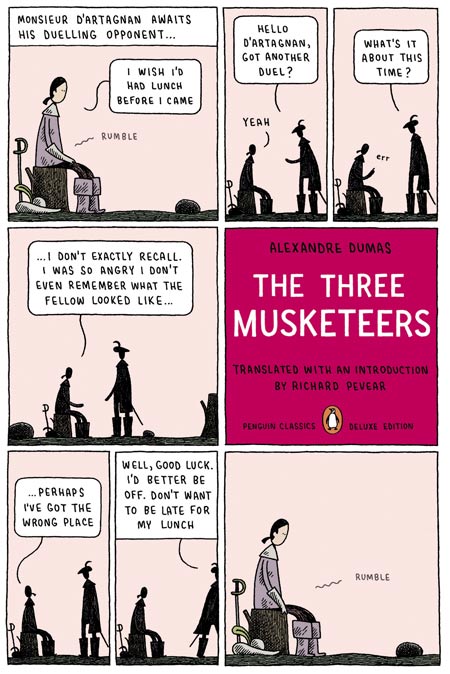
Transport
The judges commented, “Mex-x is a great success within its field, presenting a design language far removed from the wheelchair as we know it. Alongside the functional and ergonomic design, which allows the child to grow with the chair, it is has a great sense of style, attention to detail and personal customisation.”
Mex-x by Meyra- Ortopedia
Vertriebsgesellschaft mbH
Mex-x
Wheelchair for children by Meyra- Ortopedia Vertriebsgesellschaft mbH
The Mex-x is a folding wheelchair for children, presenting different options to its configuration and colouring. Seat and frame are constructed independently from each other so that the advantages of a folding wheelchair can be combined with the variability of a regular wheelchair with fixed frame. This permits the child to grow with the chair, allowing mobility as well as ensuring optimum safety for the child. Great care has been taken on the design of the ergonomic elements. Variously designed guards on the wheels can be selected from a website, which gives the child a sense of individuality.
